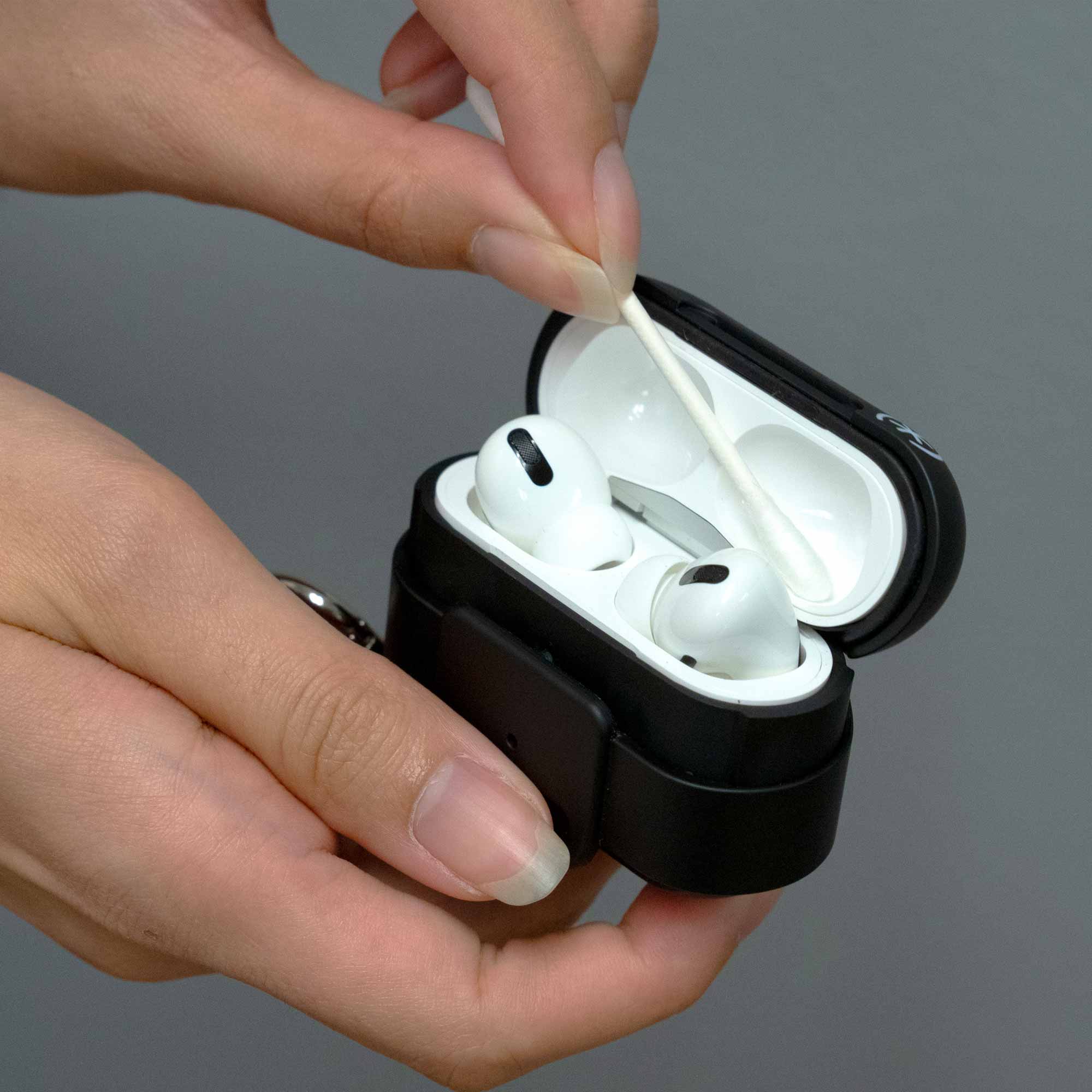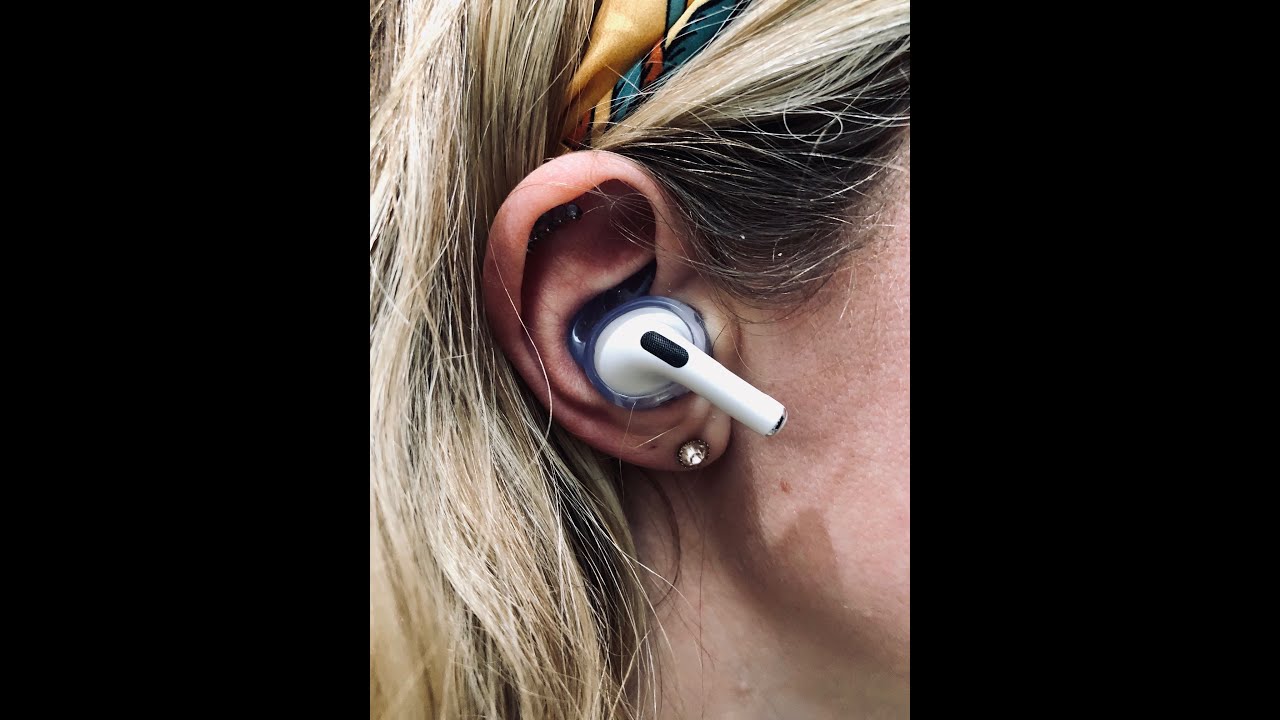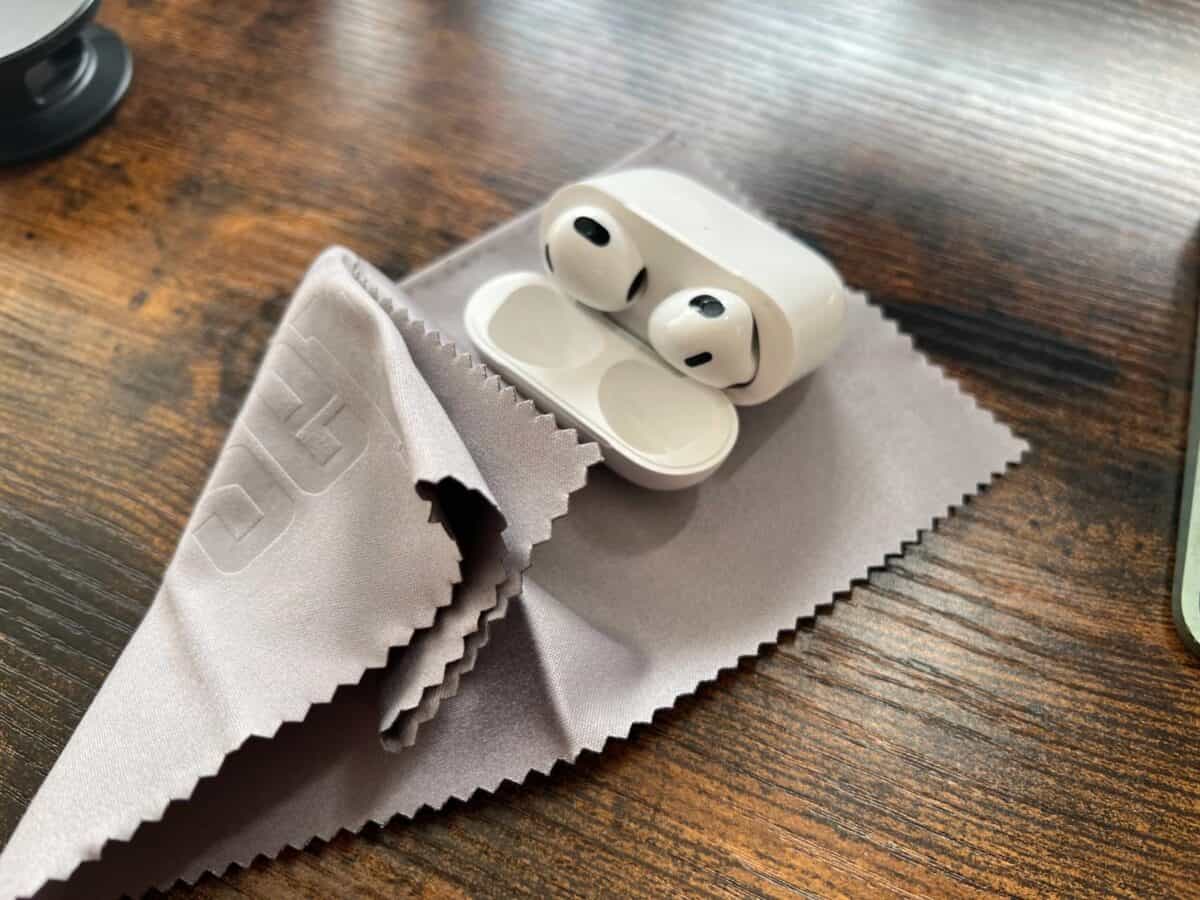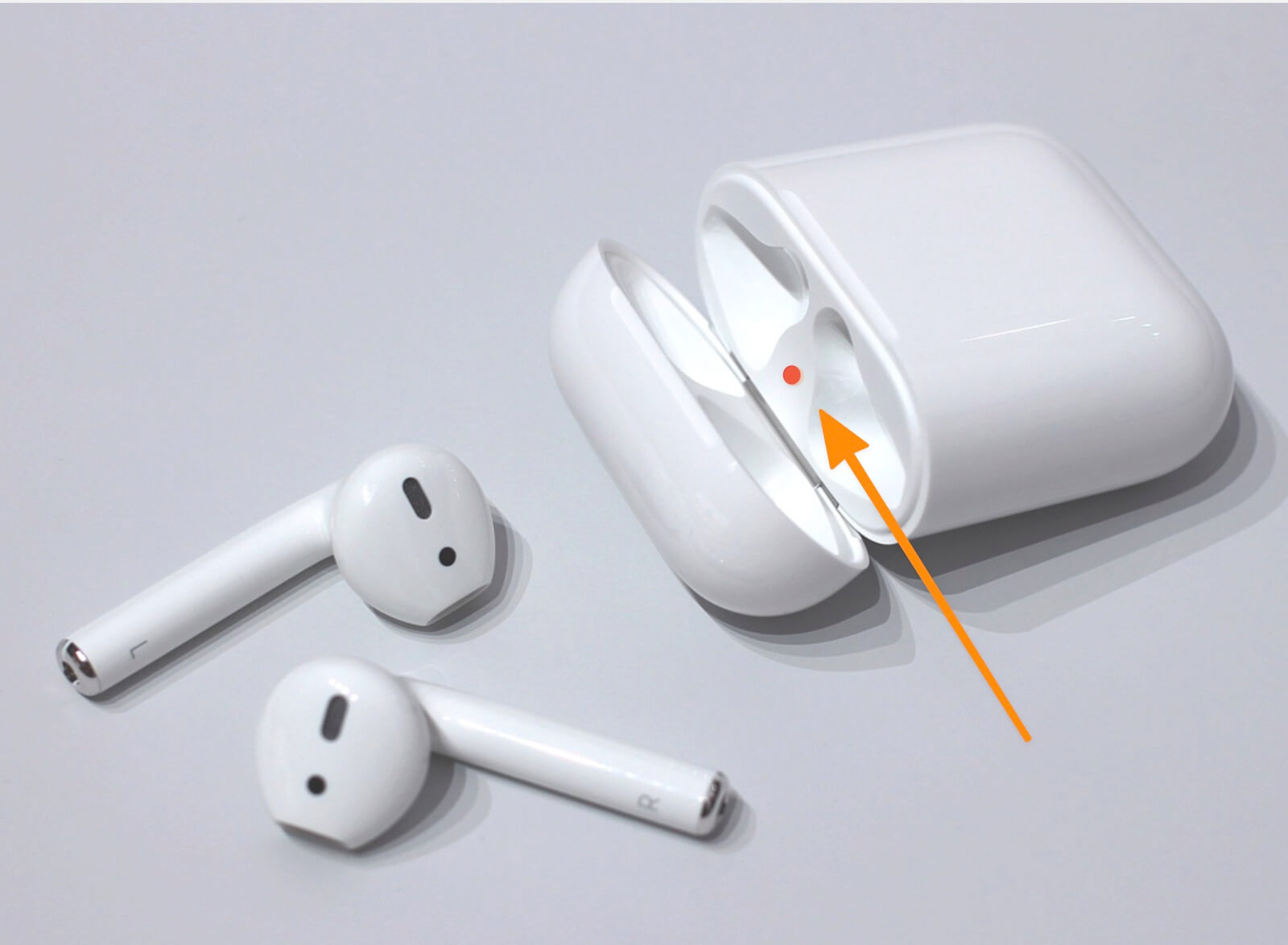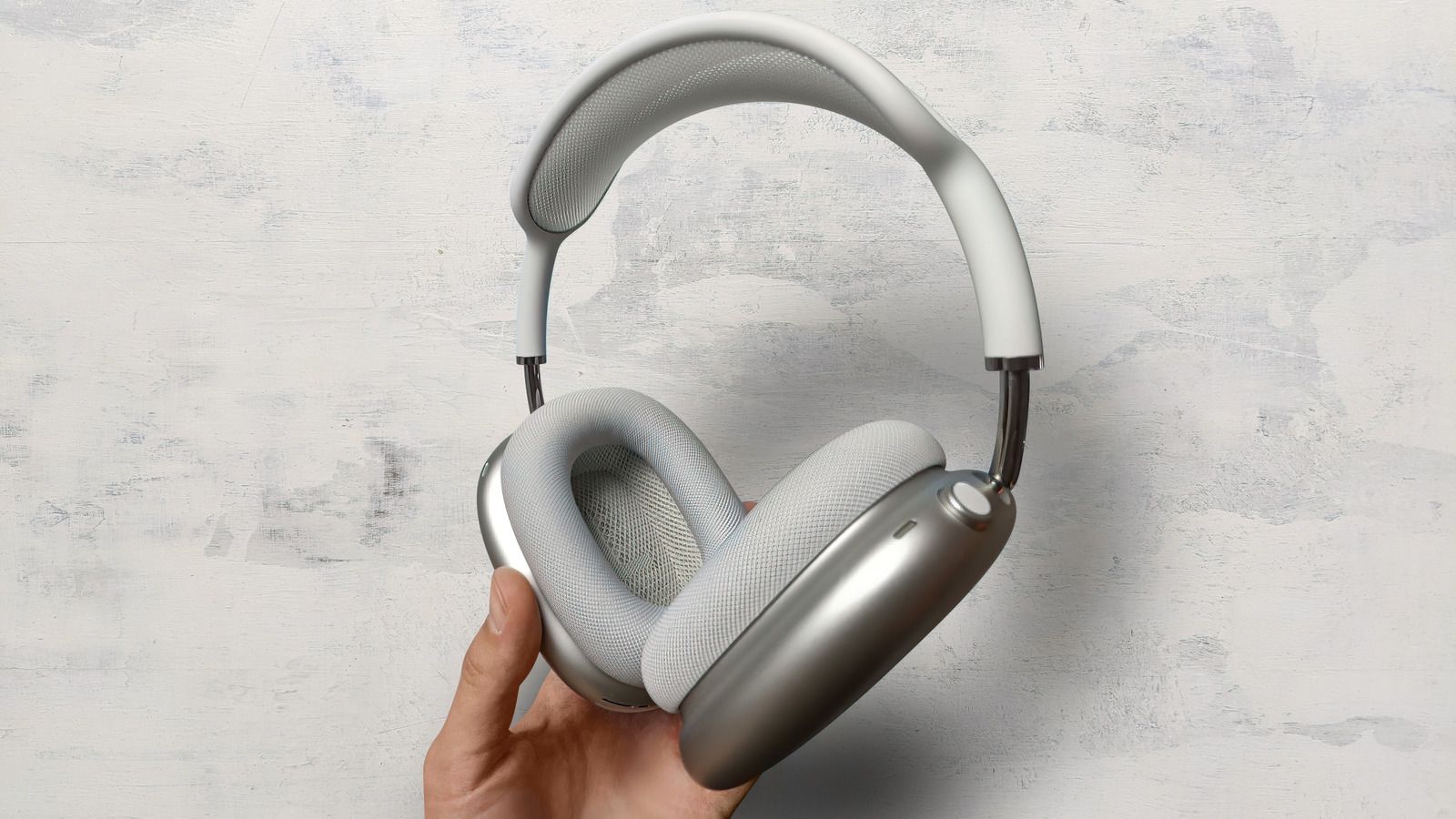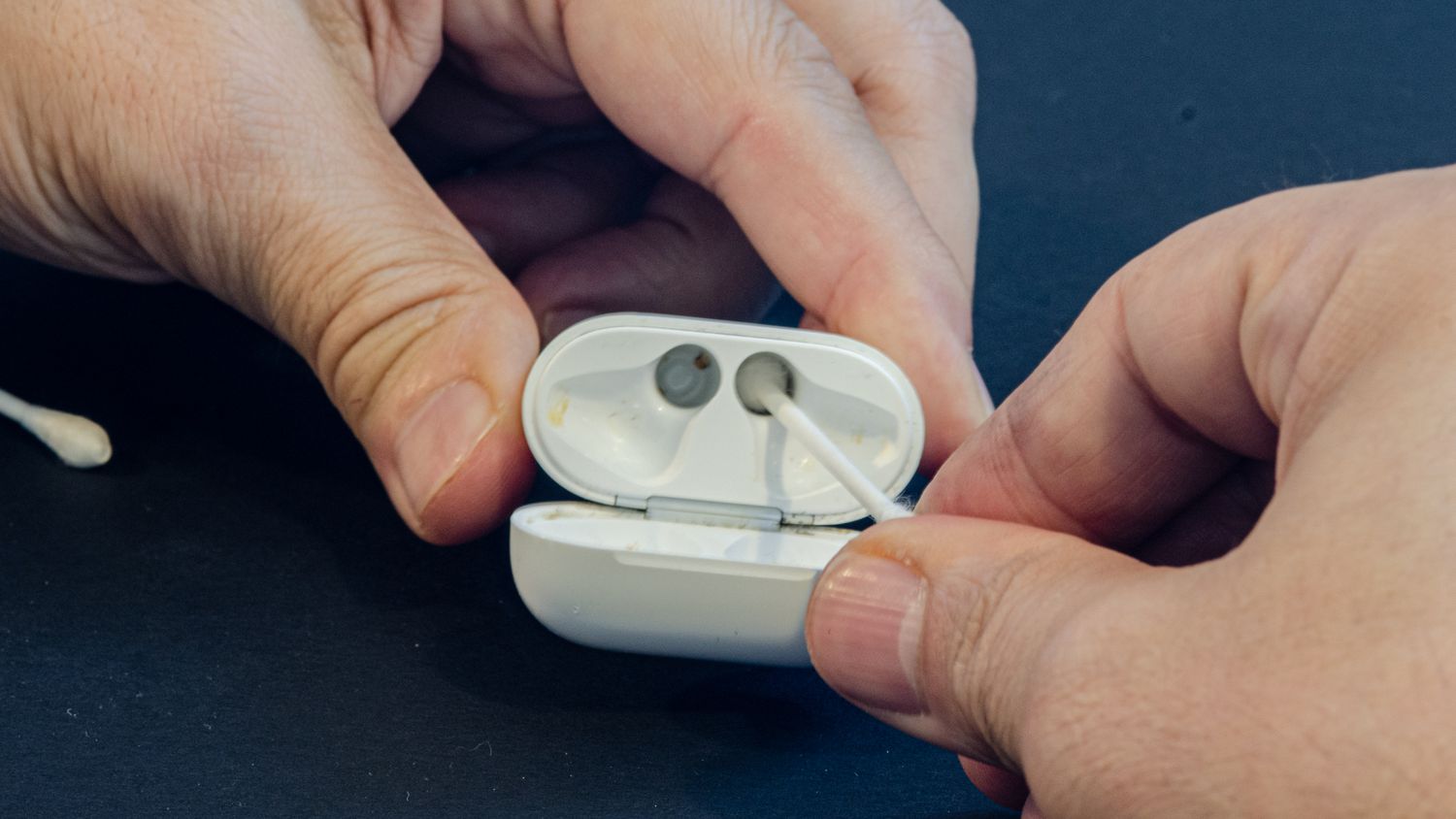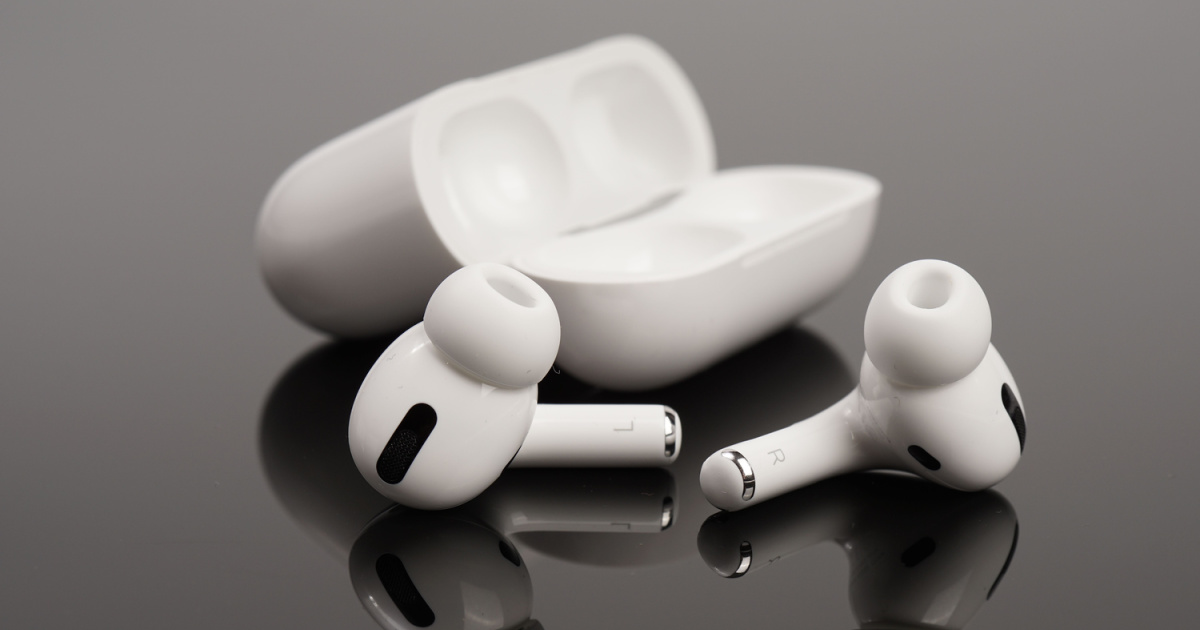Introduction
Accidents happen, and if you’ve found yourself in the unfortunate situation of having your AirPods get wet, you’re probably wondering what steps to take to save them. Whether you dropped them in a puddle, got caught in a rainstorm, or accidentally spilled a drink on them, water damage can be detrimental to the functionality of your favorite wireless earbuds.
This article will guide you through the necessary steps to help salvage your wet AirPods. It’s important to note that these tips apply to both AirPods and AirPods Pro, so regardless of which model you have, you can follow these instructions.
Before we dive into the solutions, it’s crucial to understand that time is of the essence. Acting swiftly and following the correct procedures will greatly increase the chances of saving your beloved AirPods from permanent water damage.
So, let’s roll up our sleeves and get started on the journey to drying and restoring your wet AirPods back to their former glory.
Assess the Damage
The first step in dealing with wet AirPods is to assess the extent of the damage. This will help you determine the best course of action. Start by carefully inspecting the AirPods for any visible signs of water or moisture. Take note of any discoloration, residue, or debris on the surface.
Next, check the charging case and examine the charging contacts. Make sure there is no water or moisture present, as this can interfere with the charging process and potentially cause further damage.
It’s also important to assess the functionality of the AirPods. Try to connect them to your device and see if they are working properly. Test the audio output from both AirPods to ensure there are no issues with sound quality or connectivity.
If you notice any unusual behavior, such as distorted audio, static noise, or connectivity problems, it’s a clear indication that water has seeped into the internal components of your AirPods. In such cases, you’ll need to proceed with the drying and cleaning methods outlined in the following sections.
However, if there are no apparent damages and the AirPods are working normally, it’s still crucial to proceed with caution. Even small amounts of moisture can cause long-term damage if not addressed properly.
Remember, the goal is to ensure the maximum chances of recovery, so it’s always better to be safe than sorry when dealing with water damage to your AirPods.
Remove the AirPods from Water Immediately
If your AirPods have come into contact with water, the first and most crucial step is to remove them from the water source as quickly as possible. The longer they stay submerged, the higher the risk of water penetrating internal components and causing irreversible damage.
Carefully retrieve the AirPods from the water and gently shake off any excess moisture. Be cautious not to exert too much force or cause any impact as this can potentially push water further into the delicate components.
Once you have removed the AirPods from the water, it’s important to handle them with care and prevent any further exposure to moisture. Avoid touching the charging contacts or buttons if they are wet, as this can potentially short-circuit the AirPods.
Take a clean, dry cloth or towel and gently pat dry the exterior surfaces of the AirPods. Make sure to target all areas, including the stems, speaker grilles, and the microphone area.
Do not attempt to dry the AirPods using a hairdryer, as excessive heat can cause damage to the electronic components. Stick to air-drying and avoid any aggressive drying methods that can potentially worsen the situation.
Remember, the goal is to remove as much moisture as possible from the surface before proceeding with the drying process.
Dry the AirPods Out
After removing the AirPods from water and patting them dry, the next step is to properly dry out the internal components. This will help prevent any water damage and ensure the optimal functioning of the AirPods.
One of the most effective ways to dry out the AirPods is by allowing them to air dry naturally. Start by finding a clean, dry area with good airflow. You can place the AirPods on a soft cloth or paper towel to prevent them from rolling around or getting scratched.
Avoid using any heat sources to accelerate the drying process, such as direct sunlight, heaters, or hairdryers. Exposing the AirPods to excessive heat can cause damage to the internal components.
Allow the AirPods to air dry for at least 24 to 48 hours. During this time, it’s crucial to resist the urge to turn them on or attempt to use them. Opening the case intermittently to check the progress is acceptable, but avoid excessive handling to reduce the risk of introducing more moisture.
If you have silica gel packets, you can also place them near the AirPods. Silica gel is known for its moisture-absorbing properties and can aid in the drying process. Ensure that the silica gel packets do not come into direct contact with the AirPods to avoid any potential damage.
Remember, patience is key when drying out your AirPods. Rushing the process can lead to ineffective drying and potential damage to the internal components. Taking the time to properly dry them will greatly increase the chances of restoring their functionality.
Avoid Turning on the AirPods Too Soon
Once you’ve allowed your AirPods to air dry for an adequate period, it’s essential to exercise patience and avoid turning them on too soon. Even if they appear dry on the outside, there may still be moisture lingering within the internal components.
Turning on the AirPods prematurely can potentially lead to short-circuits and irreversible damage. Moisture needs sufficient time to evaporate completely, especially from hard-to-reach areas inside the AirPods.
Remember, moisture can be deceptive, and appearances can be misleading. Although the exterior may seem dry, the internal components can still harbor moisture, which can disrupt the functioning of the AirPods.
To ensure the best possible outcome, wait for at least 48 hours or longer before attempting to power on your AirPods. This extended drying period allows ample time for any residual moisture to evaporate fully.
Resisting the urge to test the functionality of your AirPods too soon can save you from potential disappointment and prevent further damage. Patience is key when it comes to drying out electronic devices, and the reward is the chance to restore your beloved AirPods to their full working condition.
During this waiting period, you can take the opportunity to clean the AirPods and the charging case, which we will discuss in the next section.
Clean the AirPods
While waiting for your AirPods to dry completely, it’s a good idea to clean them to remove any dirt, residue, or water stains that may have accumulated during the water exposure.
Start by using a soft, lint-free cloth or a microfiber cloth to gently wipe the exterior surfaces of the AirPods. Pay attention to the stems, ear tips, speaker grilles, and the microphone area. This will help remove any visible marks or debris.
If there are stubborn stains or residue, you can dampen the cloth slightly with water. Do not apply the water directly to the AirPods, as this can potentially introduce more moisture. Instead, lightly dampen the cloth and gently wipe the affected areas.
For the ear tips, you can detach them from the AirPods and rinse them with water. Remember to dry them thoroughly before reattaching them to the AirPods.
It’s important to note that cleaning the AirPods does not involve disassembling or submerging them in water. Avoid using harsh cleaning agents or solvents, as they can damage the delicate components and affect the functionality of the AirPods.
Once you have cleaned the AirPods, let them air dry again for an additional period to ensure any excess moisture from the cleaning process evaporates.
By keeping your AirPods clean, you not only maintain their aesthetic appeal but also contribute to their longevity and optimal performance.
Prevent Future Water Damage
Now that you’ve successfully dealt with water damage to your AirPods, it’s important to take preventive measures to avoid similar incidents in the future. By implementing some simple precautions, you can protect your AirPods from potential water damage:
- Avoid exposing your AirPods to water: As obvious as it may seem, it’s crucial to keep your AirPods away from water sources. Be mindful when using them near bodies of water, such as swimming pools, lakes, or even in the rain. If possible, store them in a protective case or keep them in a safe place when not in use.
- Invest in a water-resistant case: There are various waterproof or water-resistant cases available in the market specifically designed to protect AirPods. Consider investing in one to provide an extra layer of protection against accidental water exposure.
- Be cautious during workouts: If you use your AirPods during workouts or physical activities, be mindful of sweat and moisture. Wipe them dry after each use to prevent moisture from seeping into the internal components.
- Use in-ear hooks or ear hooks: In-ear hooks or ear hooks can provide added stability and ensure a secure fit for your AirPods, reducing the risk of accidental falls that may lead to water exposure.
- Stay vigilant around liquids: Whether it’s drinks, beverages, or any other liquids, exercise caution when using your AirPods in their proximity. Spills happen, and being vigilant can help prevent potential water damage. Immediately remove your AirPods from the area if a liquid spill occurs.
By following these preventive measures, you can minimize the risk of water damage and prolong the lifespan of your AirPods. It’s always better to be proactive rather than dealing with the hassle and potential costs of repairing or replacing them.
Conclusion
Water damage to your AirPods can be a stressful situation, but by following the proper steps, you can increase the chances of salvaging them and restoring their functionality.
In this article, we’ve discussed the importance of acting quickly to remove the AirPods from water, assessing the damage, and drying them out thoroughly. We’ve emphasized the importance of patience during the drying process and the need to refrain from turning on the AirPods too soon.
Furthermore, we’ve highlighted the significance of cleaning the AirPods to remove any residue or water stains effectively. Finally, we’ve provided essential tips for preventing future water damage.
It’s vital to remember that each water damage situation can vary, and there is no 100% guarantee of restoring the AirPods to their original condition. However, by following the steps outlined in this article, you give yourself the best chance of saving your AirPods from permanent damage.
If, after attempting these solutions, your AirPods are still not functioning properly, it may be necessary to contact Apple Support or visit an authorized service center for further assistance.
Remember, prevention is key, so take precautions to avoid future water damage by keeping your AirPods away from water sources and investing in protective cases. Staying mindful during workouts and when around liquids can also go a long way in preserving the integrity of your AirPods.
By taking care of your AirPods and practicing these preventive measures, you can continue enjoying the convenience and audio quality they provide for a long time to come.









